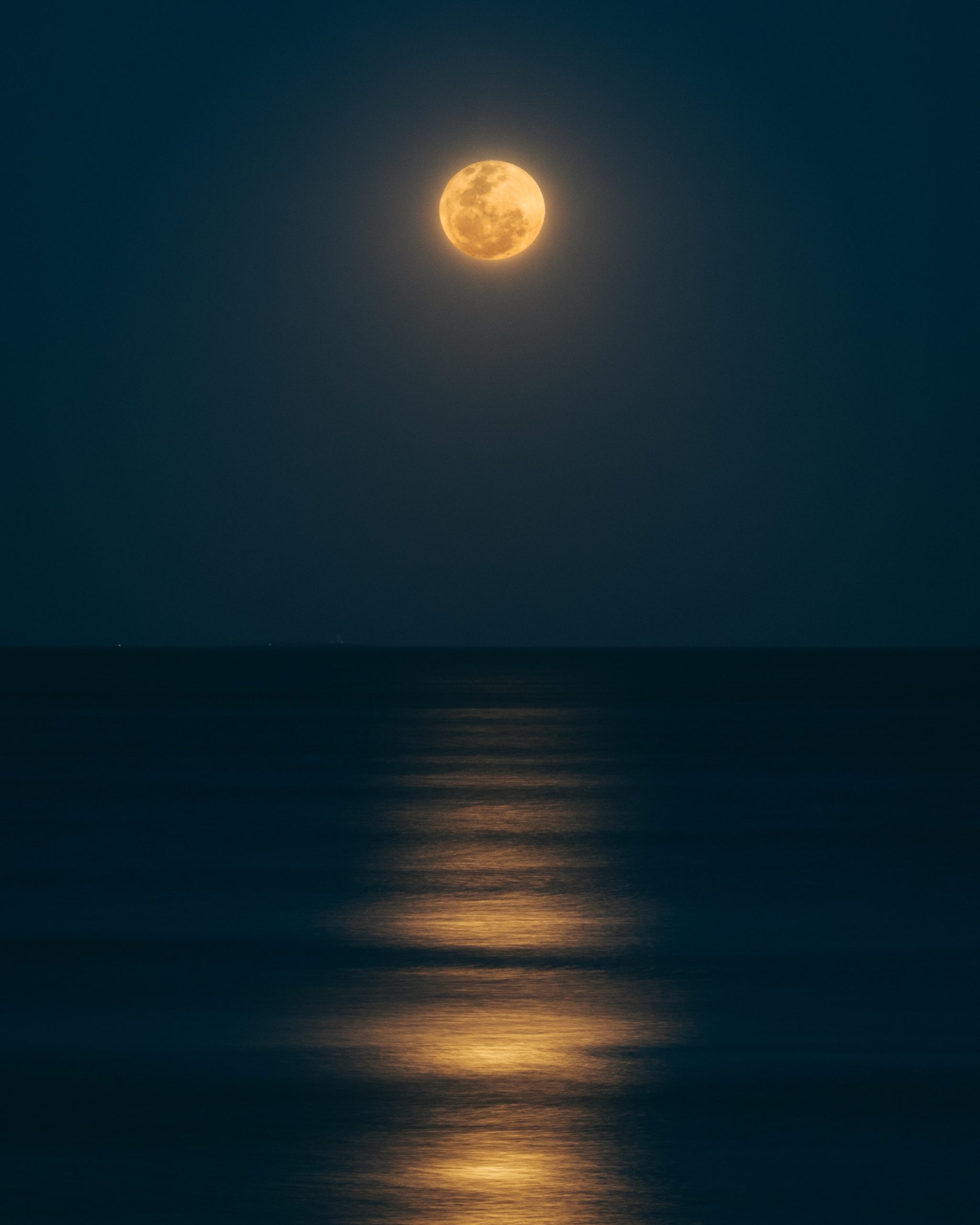The Symbolism of the Moon in Literature
The moon has always held a special place in human culture and imagination. Its ethereal beauty and mysterious nature have inspired countless artistic endeavors, including literature. Throughout history, the moon has been associated with various symbolism in literature, representing diverse themes such as romance, mystery, femininity, time, and transformation. In this blog post, we will explore the rich symbolism of the moon in literature and uncover its hidden meanings.
Romance and Love
One of the most common symbols attributed to the moon in literature is romance and love. The moon’s soft, radiant light often sets the scene for romantic encounters, expressing emotions that words alone can’t capture. For example, in Shakespeare’s play Romeo and Juliet, Juliet famously says, “O, swear not by the moon, th’ inconstant moon, That monthly changes in her circle orb, Lest that thy love prove likewise variable.” Here, the inconstancy of the moon’s phases mirrors the idea of the unpredictability of young love.
In addition, many poets throughout history have used the moon as a symbol of love and desire. In the famous poem “Bright Star” by John Keats, the speaker compares his love to the moon, emphasizing its unattainable nature:
Bright star, would I were stedfast as thou art
Not in lone splendour hung aloft the night
And watching, with eternal lids apart,
Like nature’s patient, sleepless Eremite…
Here, the speaker expresses his longing for an enduring, unwavering love, just as the moon shines steadfastly in the night sky.
Mystery and the Unknown
The moon’s enigmatic nature has also made it a symbol of mystery in literature. Its ever-changing appearance throughout the lunar phases has long fascinated writers, representing the unknown and the hidden. In Nathaniel Hawthorne’s novel The Scarlet Letter, the moon serves as a symbol of secrecy and hidden truths. The character Hester Prynne meets her lover under the cover of darkness, amplified by the moon’s presence, creating an atmosphere of secrecy and intrigue.
Furthermore, the moon’s association with the night sky and darkness adds to its mysterious symbolism. Many authors use the moon as a symbol to explore the darker aspects of human nature. In Edgar Allan Poe’s poem “The Raven,” the moon casts an eerie light on the protagonist’s encounter with the raven, heightening the sense of foreboding and mystery.
Femininity and the Divine
The moon has long been associated with femininity in various cultures and religions, and this symbolism is also present in literature. In Greek mythology, the moon is personified as the goddess Artemis, representing femininity, childbirth, and protection. This association has been carried over into literature, where the moon is often used to symbolize female characters or aspects of femininity.
Moreover, the moon’s connection to the tides and its cyclical nature also links it to the ebb and flow of female fertility and the menstrual cycle. In modern literature, the moon is often used as a symbol to explore female identity, empowerment, and the complexities of womanhood.
Time and Transformation
The moon’s cyclical phases, from waxing to waning, have long been associated with the passage of time and the concept of transformation. In literature, the moon is frequently used as a symbol to represent the inevitable passage of time and the transient nature of life. Its regular transformation from a crescent to a full moon and back again mirrors the continuous cycle of life, death, and rebirth.
For instance, in the novel To Kill a Mockingbird by Harper Lee, the character Atticus Finch delivers a profound line to his children, saying:
“You never really understand a person until you consider things from his point of view… Until you climb inside of his skin and walk around in it.”
This quote metaphorically suggests the idea of transformation by evoking the moon’s changing phases, reminding readers of the importance of empathy and understanding.
Conclusion
Throughout literature, the moon has served as a powerful symbol, representing a range of themes and concepts. From romance and love to mystery and the unknown, femininity and the divine, and time and transformation, the moon’s symbolic significance is vast and multi-faceted.
Writers have utilized the moon to evoke emotions, create atmosphere, explore deeper meanings, and connect with readers on a subconscious level. Its ever-present presence in the night sky continues to inspire and captivate both authors and readers alike, ensuring that the symbolism of the moon will endure for generations to come.
Table of Contents
